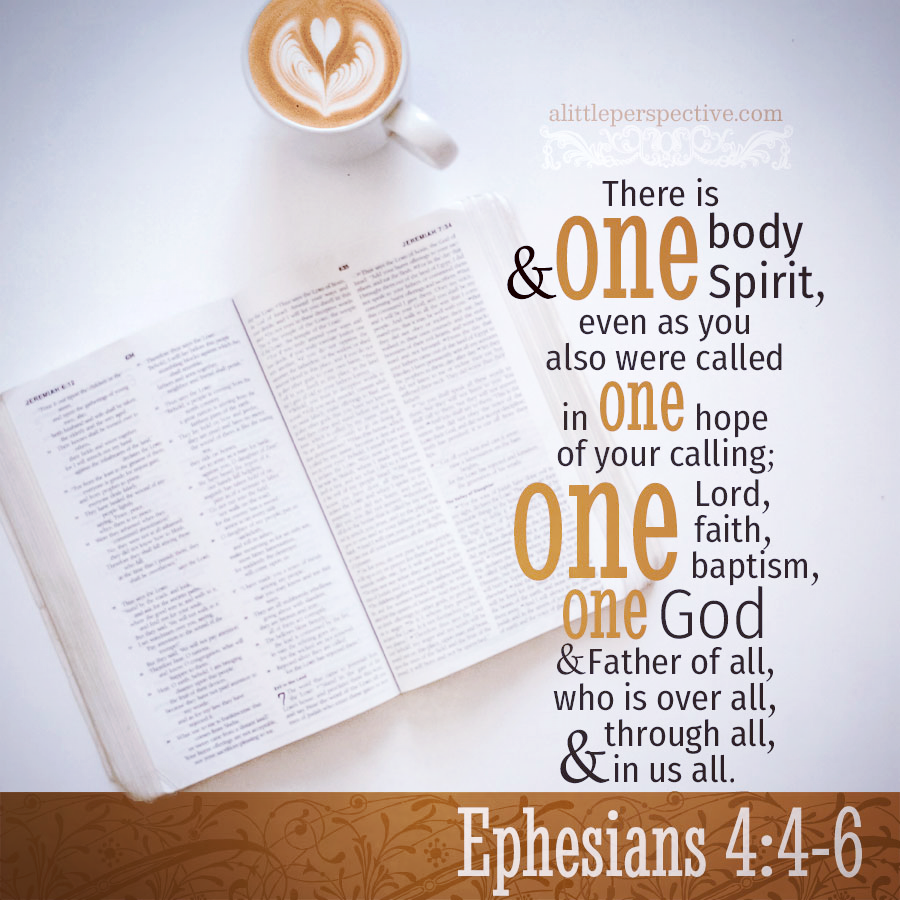Read Ezra 1 and 2 at Bible Gateway.
The Hebrew paragraph divisions:
Ezr 1:1-6 {s} The decree of Cyrus king of Persia, for the Jews to return to Jerusalem and rebuild the Temple
Ezr 1:7-9 {s} King Cyrus returned the articles of the Temple which Nebuchadnezzar had taken
Ezr 1:10a {s} Thirty gold basins
Ezr 1:10b {s} Four hundred and ten silver basins of a similar kind, and one thousand other articles
Ezr 1:11 {p} All the articles of gold + silver which were returned with the captives were 5400
Ezr 2:1-2 {s} The people who returned from captivity: Zerubbabel, Jeshua, Nehemiah, Seraiah, etc.
Ezr 2:3-21 {sx19} The number of the people who returned, listed by their cities in Judah + Benjamin
Ezr 2:22-23 {s} The number who returned from Netophah and Anathoth
Ezra 2:24-35 {sx12} The number of the people who returned, listed by their cities in Judah + Benjamin
Ezra 2:36-39 {sx4} The number of the priests who returned, of the house of Jeshua
Ezr 2:40 {s} The number of Levites who returned, 74
Ezr 2:41 {p} The number of singers who returned, of the sons of Asaph, 128
Ezr 2:42 {p} The number of gatekeepers who returned, 139
Ezr 2:43-58 {s} The number of the Nethinim + sons of Solomon’s servants who returned, 398
Ezra 2:59-60, The number who came from cities in Babylonia, who could not identify their Israelite genealogy, 652
Ezr 2:61-67 {p} The priests who could not be found in the genealogies + the number of the whole assembly, 42,360
Ezr 2:68-69a {s} The freewill offering to rebuild the house of God: 61,000 gold darics
Ezr 2:69b {s} 5000 minas of silver, and 100 priestly garments
Ezr 2:70 {s} The priests + Levites + all Israel dwelt in their cities
The reverse parallelism:
1a) Ezr 1:1-6 {s} The decree of Cyrus king of Persia, for the Jews to return to Jerusalem + rebuild the Temple;
1a) Ezr 1:1-2a, The decree of Cyrus king of Persia: YHVH God has given all the kingdoms of the earth to me;
1b) Ezr 1:2b-3a, He has commanded me to build His house in Jerusalem/ who is of His people;
central axis) Ezr 1:3b, May his God be with him;
2b) Ezr 1:3c-6 {s} Let him go up to Jerusalem + build the house/ let him receive offerings for the work;
2a) Ezr 1:7-11 {sx3+p} King Cyrus returned the articles of the Temple which Nebuchadnezzar had taken;
1b) Ezr 2:1-35 {sx33} The number of the people who returned from captivity, listed by their cities;
1c) Ezr 2:36-42 {sx5+p+p} The number of priests + Levites + singers + gatekeepers who returned;
1d) Ezr 2:43-58 {s} The number of the Nethinim + sons of Solomon’s servants who returned, 398;
2d) Ezra 2:59-60 {s} The number from cities in Babylonia, who could not identify their Israelite genealogy, 652;
2c) Ezr 2:61-63, The priests who could not be found in the genealogies (they were not allowed to serve);
2b) Ezr 3:64-67 {p} The number of the whole assembly who returned, 42,360;
2a) Ezr 2:68-6970 {sx3} The freewill offering to rebuild the house of God/ all who returned dwelt in their cities.
There is a little historical background on the return of the exiles here. What is amazing to me about this reverse parallelism is the D pair. It could very well be written as a chiastic structure, with Ezr 2:43-60 {s+s} as the central axis, the theme repeated twice for emphasis. What is that theme?
The Nethinim were temple slaves, taken from non-Israelites who had been conquered. The first ranks of them might have very well been the Gibeonites whom Joshua was tricked into sparing:
“Now therefore, you are cursed, and none of you shall be freed from being slaves—woodcutters and water carriers for the house of my God.” Jos 9:23
“… Another tradition traces their origin to a gift of David and the princes for the service of the Levites (Ezr 8:20). Their names, too, indicate diversity of origin; for besides being mostly un-Hebrew in aspect, some of them are found elsewhere in the Old Testament as names of non-Israelitish tribes.” Nethinim, The International Standard Bible Encyclopedia
The International Standard Bible Encyclopedia says in the same article, concerning the sons of Solomon’s servants:
“In both Ezra and Nehemiah, the list [of Nethinim] is immediately followed by that of the servants of Solomon, whose duties were similar to, it may be even humbler than, those of the Nethinim. These servants of Solomon appear to be descendants of the Canaanites whom Solomon employed in the building of his temple (1 Kin 5:15).”
So the central axis of the chiastic structure concerns the non-Israelites who returned with the Jews to Judah to rebuild the Temple: they were included with “all whose spirits God had moved.” Why would this be the central axis? I believe it is because God is emphasizing that He is making for Himself one people, both Gentiles and Jews, who respond to the movement of His Spirit on their hearts, and who seek His face. With God, there is one faith, one Torah, one Messiah, and one people. ♥

















Leave a Reply